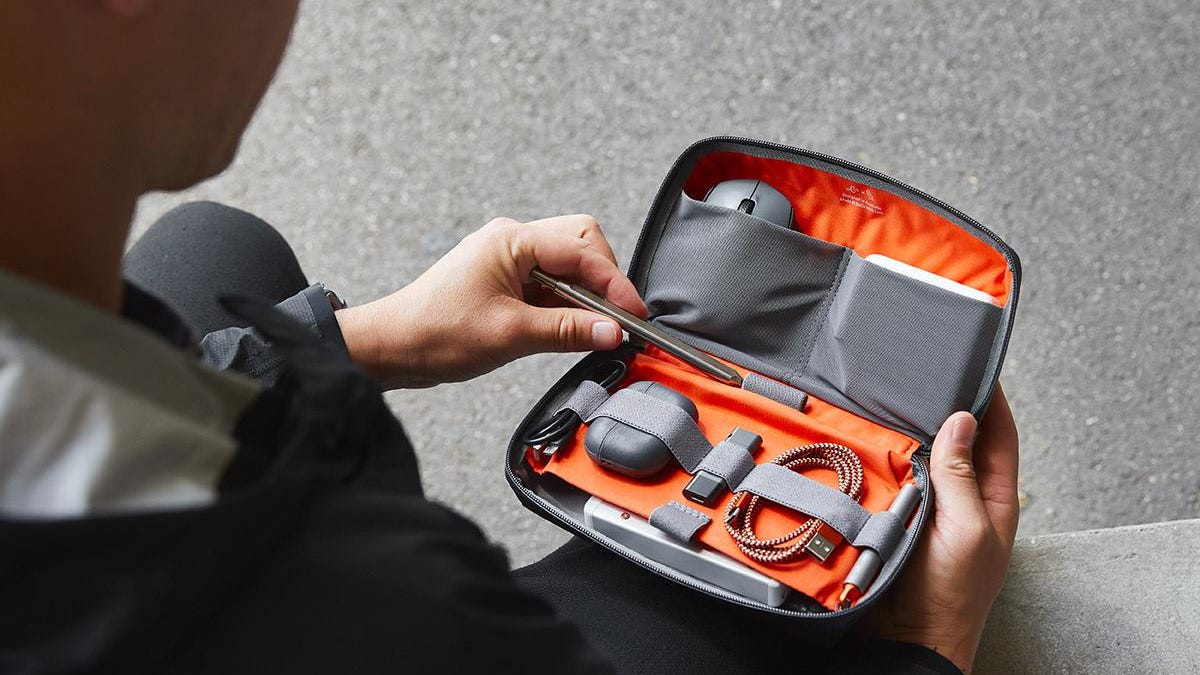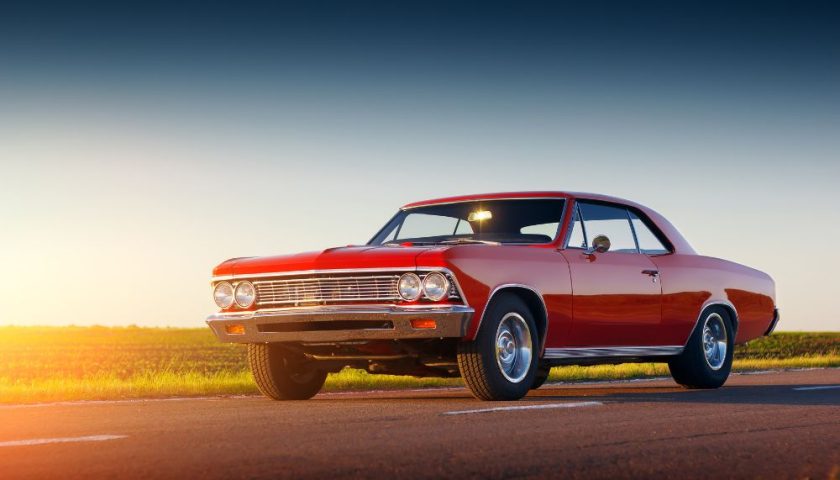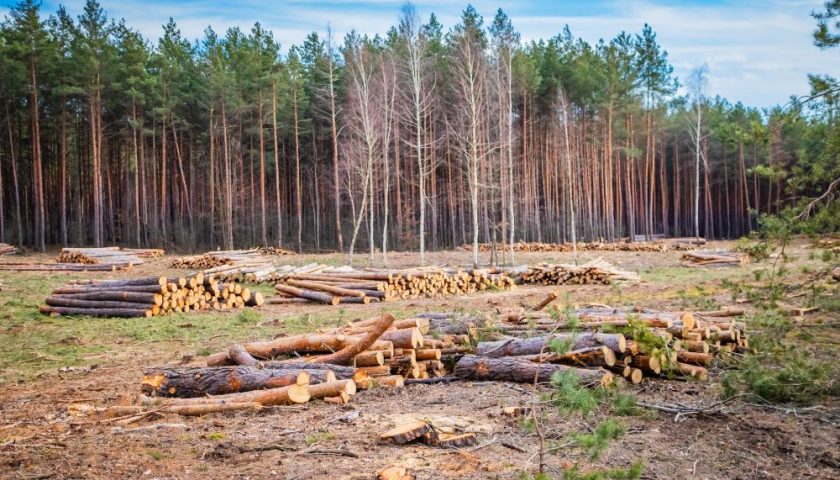Bellroy is a design-obsessed Australian brand in the carry space whose products are built to last … [+]
Bellroy is a design-obsessed Australian brand founded in 2010 to fill a gap in the carry space: meticulously crafted products that are built to last, made responsibly with sustainable materials, and priced within reach.
Co-founder and CEO Andy Fallshaw describes launching Bellroy with a close-knit crew of travel and design enthusiasts who were seeking to develop products that would help people move seamlessly through the world – whether that included daily commutes to the office, or regular visits to airport security mazes, backpacking adventures, or weekend surfing and sporting outings.
Through Certified B-Corp status, purpose-driven business practices, and sustainable material development, Bellroy continues to show the world what “better” looks like. Every person’s journey is unique; Bellroy believes that brands shouldn’t define who you are but support you in pursuing the life you crave.
The team’s business philosophy has been to “take the stairs rather than the elevator;” as a result, Bellroy has grown thoughtfully and steadily from one wallet to a global business selling in 150 countries, offering over 82 carefully created products designed to be loved for as long as possible.
For more details, continue reading below the edited excerpt of my conversation with Andy.
Christopher Marquis: You’ve said that Bellroy was founded amongst friends looking for ways to make travel and moving through the world easier. Can you share more details about those conversations and what you discovered, as well as the creation of your first products?
Andy Fallshaw, Co-founder and CEO of Bellroy
Andy Fallshaw: Throughout human history, travel, journeys, and exploration have played a significant role in expanding perspectives and helping catalyze personal growth. Moving beyond our comfort zones, both figuratively and literally, feels central to how we grow and develop.
In 2008, a group of close friends and I found ourselves a little too comfortable in our existing careers. We wanted to push our own growth in a way that could add value to the world. And as lovers of travel, we knew that what we carried on our physical journeys, and how we carried it, made a huge difference to our confidence and willingness to go places.
Our first step on this journey was to better crystalize the space we wanted to play within. And without a commonly accepted term for this landscape, we thought ‘Carry’ made sense. So in 2009, we launched a campfire called Carryology, which was to serve as a thought space for exploring how we move through the world, and all the things we bring with us for less friction and encumbrance.
With our global campfire started, we then began work on Bellroy. When we looked at this Carry space, the most obviously broken product category was wallets. They were bulky, cumbersome, and trapped in outdated paradigms. So in 2010, we launched Bellroy with five slim wallets. By reinventing wallet design from the ground up, we could remove bulk, improve experiences, and lay the foundations for a business that did things differently.
Marquis: How does Bellroy create a balance of fashion and utility?
Fallshaw: We’ve always loved the idea that humans can celebrate rational, emotional, and cultural values, without needing to neglect one value for the sake of the others. The better we design, the more those distinctions dissolve.
So we begin with our Bellroy culture, where fashion and style are celebrated as an expression of emotional and cultural values, and then genuine utility champions our rational needs.
With that Bellroy culture as our foundation, we have then shaped an iterative development process within which cohesive designs can emerge. With in-house maker labs, our teams bring together designers, developers, pattern makers, and engineers to conceive and develop products that start as an idea to explore, quickly move into physical samples we can interact with, and then rapidly evolve and gain resolution until we’re confident that style and function are blended seamlessly.
That’s when our customers get to see and experience these products, and if we’ve achieved our goals, that’s where the customer gets to weave their own stories and values into the products. We believe the best products are better on Day 1000 than they were on Day 1, because the product has become uniquely theirs, adapting to their own rational, emotional, and cultural style.
Marquis: You describe your approach to creating as “taking the stairs, not the elevator” – how does this approach help Bellroy to thrive in a world that puts so much emphasis on fast fashion and instant gratification?
Fallshaw: Much of the fashion industry is based around a ‘push’ system. Brands guess at which new things customers will want, build inventory, and push that on to retailers who then push it onto consumers. Most of the guesses are not quite right, so there’s then excess inventory and rampant discounting to clear the stock. This doesn’t feel optimum for anyone, and especially not for the planet.
By taking a more patient approach centered around a ‘pull’ system, we can avoid many of these broken paradigms.
We don’t design seasonal ranges, but rather strive for ‘modern classics’ that can transcend ephemeral seasonal trends. Even after launch, our products continue our iterative approach. We learn from how customers are experiencing our products, we engage with highly calibrated users such as our Carryology community, and we weave that learning back into even better iterations of our styles. For instance, our Bellroy Slim Sleeve wallet has gone through over 22 improvements since its release over a decade ago. It’s still a Slim Sleeve, but every generation gets a little bit better.
Marquis: Bellroy’s Carryology community is also passionate about outdoor activities. Does Bellroy see itself as a steward of environmental causes?
Fallshaw: We strive to be stewards of better environmental practices, but always within the context of what we think of as a Stewardship Loop. Our vision is a future where people, animals, and the planet can support each other in an improving trajectory. We believe that focusing on any single one of those to the significant detriment of the others will compromise the vibrancy of our shared future.
So yes, shaping a better environment for all life is vital, and we try to never do so in a way that compromises the humans and animals that a well-cared-for planet can nurture.
Marquis: When did Bellroy become part of the B-Corp movement and why is it important to be part of it?
Fallshaw: We began exploring the movement in 2014 after an introduction from friends at Patagonia. We then achieved our first certification in 2015. We have successfully re-certified with each round since.
While Bellroy’s focus on positive impacts was there from our very first brainstorms in 2008, as our brand found traction we knew we would be better if our efforts could be demonstrated to external and impartial partners. There are plenty of businesses that mean well, but without external checks, those intentions can be de-prioritized as other business goals take focus.
So we love how our B Corporation certification holds us accountable. But it’s way more than just that. The B-Corp community includes many of our favorite brands and business minds, and the collaboration that emerges from that collective is inspiring.
And perhaps one more thing to mention is that many of the most talented global folks want to do more than just earn an income. They want to be part of shaping a better world, and our B-Corp certification helps great talent know that as potential employers or partners, we focus on goals beyond profit.
Marquis: Can you share more about Bellroy’s process behind selecting suppliers and materials for future products?
Fallshaw: Our number one environmental goal is to have our products be used and loved for as long as possible. When approximately 90% of the impact of our products is generated before they ever reach the consumer, having our products live a long and useful life is key.
For materials, we pursue this goal through the lens of ‘performance sustainability.’ Not only should their originating impact be lower, but they also need to perform at or above alternatives for a long life of useful service.
For suppliers, we begin with identifying partners that are similarly motivated by goals beyond just profit. We want to see evidence of those Stewardship Loop values reflected in day-to-day actions. We then identify not just the skills and expertise they currently possess, but also seek to understand their progress and how we expect them to continue improving as we build a relationship together.
One great example is the US-based Natural Fiber Welding. Not only are they passionate and motivated world-improvers, but they’re also phenomenally talented and creative chemists and innovators working on a new generation of plant-based materials. While we’re still in the early stages, we believe the shared journey together should be a hugely rewarding and impactful one.
Marquis: After over a decade in business, what inspires you and your team?
Fallshaw: Inspiration comes in many forms and is specific to every individual. But as we poured through extensive research and literature, we found a North Star that really resonated with our team – tangible progress towards meaningful goals, together.
The guts of that North Star comes from the excellent work of Teresa Amabile, which we then modified a touch with the ‘together’ suffix – because for most humans, working in engaged and vibrant teams really does feel better.
We work very hard to find smart people, with good intentions who get stuff done. When your teammates are driven by similar values, and abilities to action them, it’s remarkable how often inspiration shows up right on time.
Marquis: What makes Bellroy’s design process different from other brands?
Fallshaw: There’s a quote we’ve always loved from Eliel Saarinen – “Always design a thing by considering it in its next larger context —a chair in a room, a room in a house, a house in an environment, an environment in a city plan.”
As we wrestled with doing justice to that idea, we began thinking of our product design as a four-dimensional process. Rather than just considering a design’s three-dimensional form, we also wanted to think about the fourth dimension of time. What is the history of thinking and materials that shape a product? How will the design assist with meaningful moments in the present? And what do we hope for the future of the product and materials as they are shaped and repurposed by the consumer?
While we’re incredibly proud of the unique iterative and agile development process we design products within, we think it’s this larger ambition of designing in four dimensions that most differentiates Bellroy designs.
If we can help folks move between work and play, near and far, today and into the future, it feels like we’re achieving that original goal of adding value to the world.





